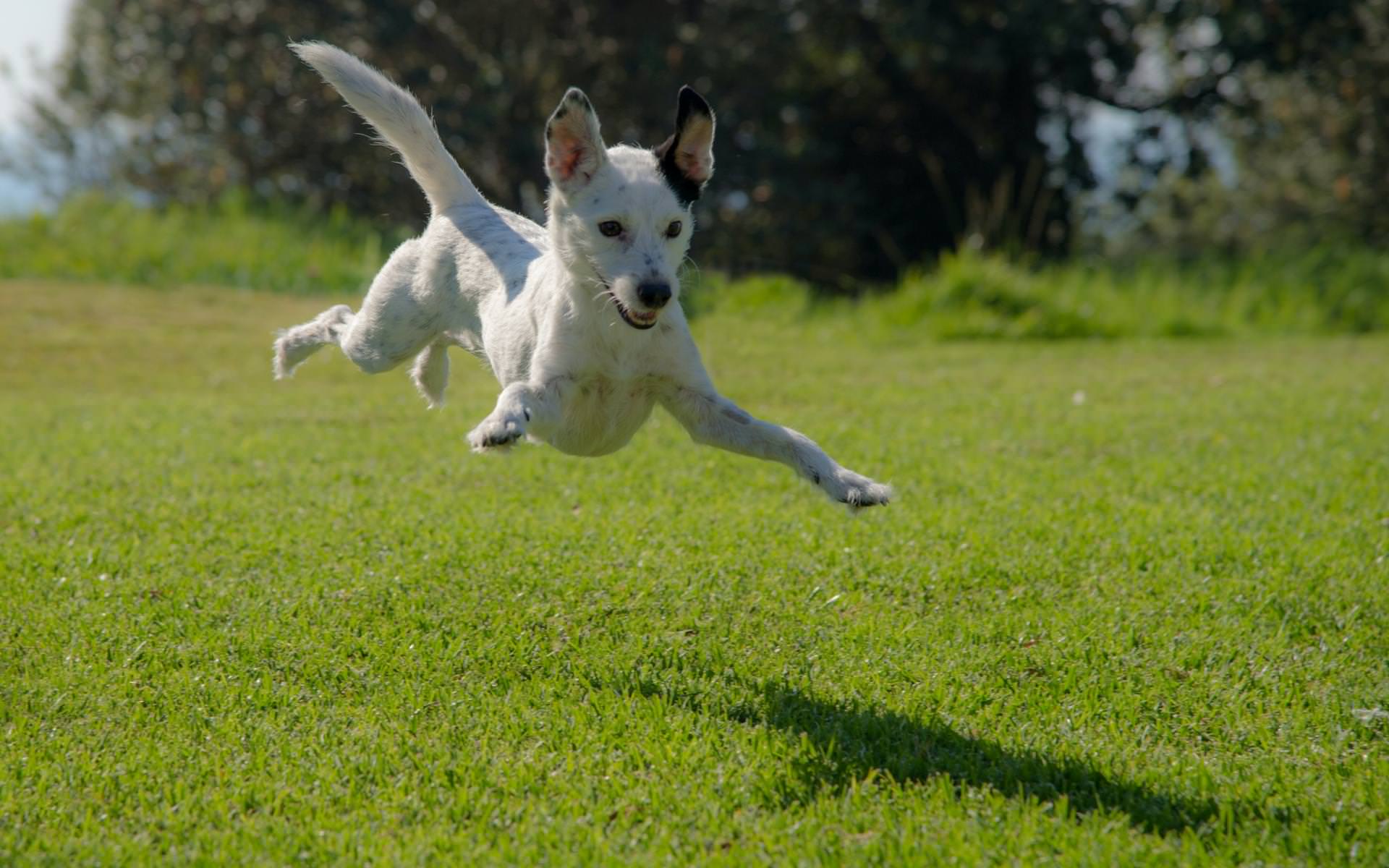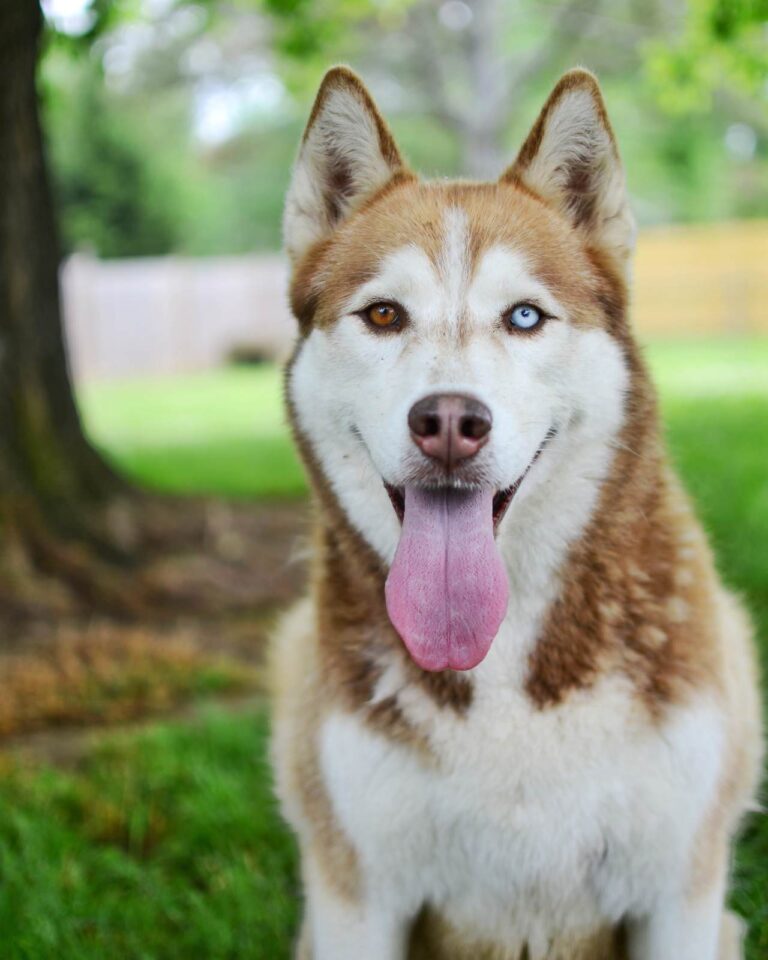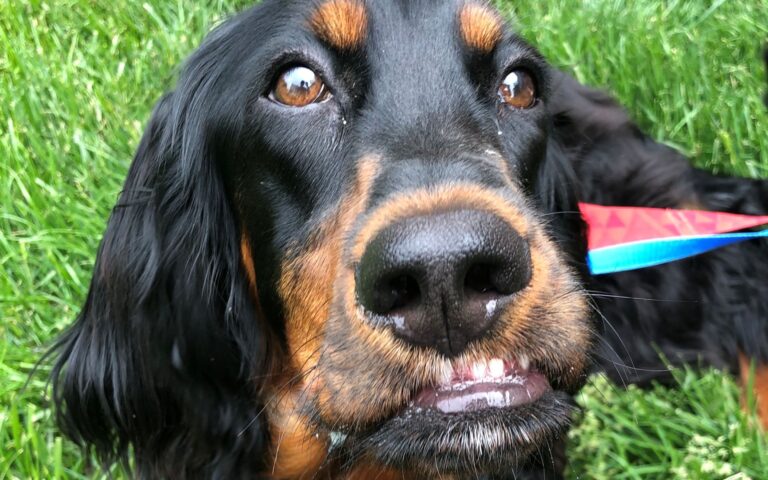Jaw Fractures
Oral surgeons repair a large variety of maxillofacial fractures (fractures of the jaws, nose, and facial bones, collectively). There is a large variety of repair techniques available for fracture stabilization. The bones of the face vary widely in shape, size, curvature, and density in dogs and cats, and we often find multiple fractures in one patient, so we must adapt to many different scenarios. No two fracture patients are the same!
A “broken” bone/tooth is the same thing as a “fractured” bone/tooth. “Fractured” is the medical term.
Causes of fractures:
- Pathologic fracture – This is a fracture that is caused by a different primary problem, such as severe tooth/dental disease or an oral tumor, both of which can cause extensive bone loss and thus result in a jaw fracture. We see pathologic fractures most commonly in smaller dogs because of their propensity to develop more severe periodontal disease.
- Trauma – Trauma is the next most common cause of jaw fractures. Some of the most common scenarios include:
- Letting a new dog/puppy/cat eat or share toys next to the established dog – Even a quick correction/bite from a large dog can cause serious trauma to the head, face, and neck of the smaller dog or the cat. Multiple fractures are usually found due to bite trauma of this nature.
- Dog fights – a larger dog fighting with a smaller dog can easily result in jaw fractures.
- Hit-by-car (HBC) – Unneutered male dogs (due to a tendency to wander) and dogs that are walked on “flexileads” near busy roads are predisposed to being hit by a car. Multiple facial fractures can be found after car trauma, often in combination with thoracic (chest) or abdominal (belly) trauma.
- Ballistic injuries, or high-speed projectiles such as a pellet, bullet, or arrowhead – This type of trauma usually results in a high degree of comminution, meaning that there is a larger number of bone fragments.
- High-rise syndrome -This is a strange phenomenon seen in cats who seem to be unable to sense that they are many stories up on a balcony and they jump down. The most severe injuries are seen in cats that fall between 3-5 stories—high enough to be serious, but low enough that the cat has not yet finished its “twist” for a safer landing. While trauma of this nature can cause multiple injuries, cats that are treated promptly often recover very well.
Diagnosis:
Three-dimensional (3D) imaging is always indicated in traumatic fracture diagnosis. 2D x-rays (skull or dental radiographs) miss a large number of fractures due to their limitations on size and overlap of structures. We are fortunate to have a cone beam CT machine that gives us a large amount of information about the boney structures of the head. To learn more about “Pinky,” visit link.
Treatment:
This is where things get really interesting! A large variety of repair techniques exist. Some are direct repairs, meaning that the two fractured parts are directly held together. However, many of them are indirect repairs, also known as minimally-invasive repairs. With the indirect repairs, we do not put any hardware or devices into the mouth itself.
Specific repair techniques:
If you’re interested in the specifics, then read on! Fortunately, we have access to all of the techniques listed below (and the training to use them all) so that we can plan the best repair possible.
- Interdental wiring –This is a minimally-invasive repair technique that refers to wiring neighboring teeth together to indirectly bring two fracture fragments back together.
- Custom acrylic splint – This is another minimally-invasive repair that relies on holding the teeth together to hold the jaw together. These first two techniques are often used together.
- Direct wiring – (Either interfragmentary or circumferential). This means simply wiring the two fragments of jaw back together, though holes that are drilled in the bone in a way that tooth roots and vital vessels and nerves are not affected.
- Maxillomandibular fixation – This means stabilizing the upper and lower jaws together. The technique of actually wiring a jaw closed is not normally used anymore in dogs or cats, though it may be needed in extreme circumstances. If we do need maxillomandibular fixation, we usually opt for the “button technique” to allow a bit of movement for eating and swallowing, or, if rigid fixation is truly required, we can use “interarcade bonding,” where the top canine teeth are temporarily attached to the bottom canine teeth with dental composite material or acrylic.
A cat with multiple fractures of both TMJs, from a dog housemate. These factures are not visible on radiographs (x-rays). The cat was new to the house and walked by the dog while the dog was eating. Here, a labial button technique was used (with some very cute buttons). The photo captures the patient licking his nose, showing that he will be able to eat (and did) even with his jaws fixed in that position. - Muzzle – A simple nylon muzzle or a muzzle made of medical tape can be useful as a sole treatment for mild, non-displaced fractures, or as part of a more complex repair construct.
- Titanium miniplates – This is the future of fracture repair for cats and dogs! Fracture repair plates and screws have finally been fashioned from biocompatible titanium to fit the tiny bones of jaws in cats and dogs. This offers the possibility of a one-step, permanent implant that can rigidly fix the jaw back into a normal occlusion. These plates, unlike those made of stainless steel, do not require removal and will become permanently integrated into the body.
- Ostectomy/ fracture segment removal – Sometimes the best choice for patients with multiple jaw fractures is to simply remove the fractured segment(s). The most important outcome here is that the patient has a comfortable and functional jaw. While the patients can sometimes have a different appearance following surgeries of this nature, the advantages of doing something like this include avoiding the need for expensive hardware and further anesthetic procedures.
Here are a couple of patients after ostectomy procedures. They may look a little different, but they are perfectly happy and comfortable… And still extremely cute!
Special considerations:
Repairing a fractured jaw without consideration for the teeth and forces of jaw movement can have disastrous consequences. It is not uncommon for our service to have to intervene due to damage done from previous repairs. Consider the following:
- Damage to tooth roots and vital structures in the jaw.
- The practitioner repairing a jaw must be aware of the course of structures such as vessels, nerves, and the location of tooth roots!
- Damage to the exterior cortex of the jaw bone or the soft tissues in the mouth.
- This is most often due to a repair material remaining in the mouth for too long. Unlike in other parts of the body, steel and acrylic cannot remain in the jaw for more than 4-5 weeks. These materials can never be permanently implanted. The bones of the head and mouth have a very rich blood supply and heal rapidly, at which point all appliances must be removed! (The only exception is titanium miniplates and screws, which integrate into the bone permanently.)
In summary, we unfortunately see jaw fractures in our practice every week. While we wish this never happened to our furry friends, we are committed to providing the best and most advanced care possible. In doing so, we can see the best outcomes and have the happiest patients, Happy healing!







